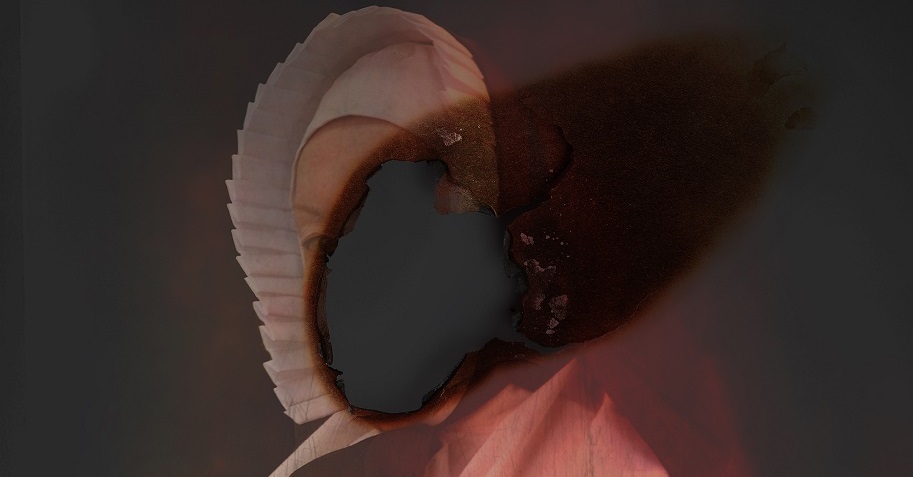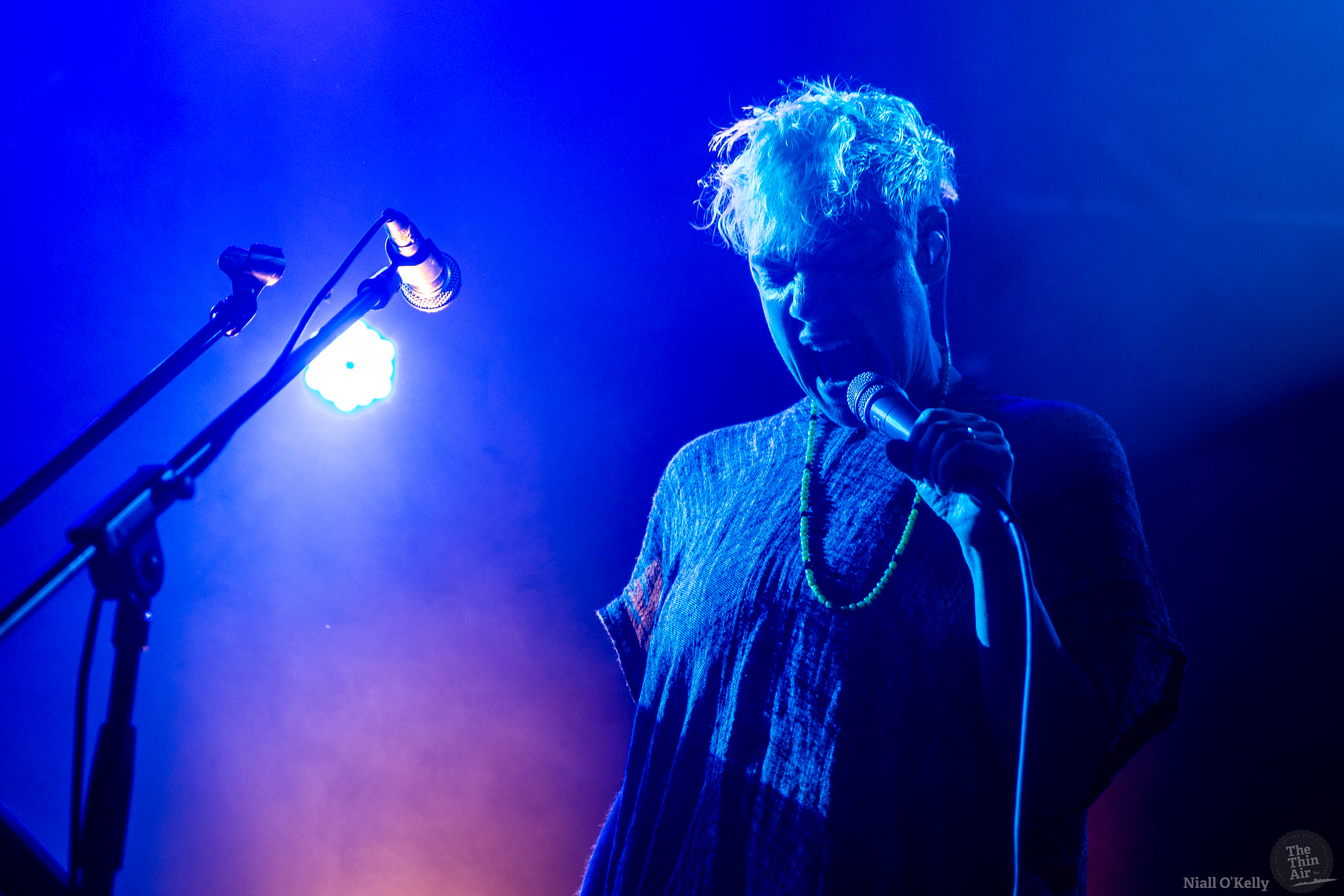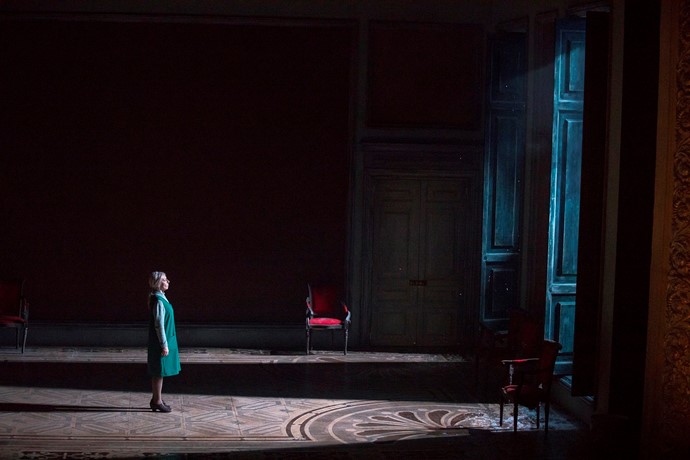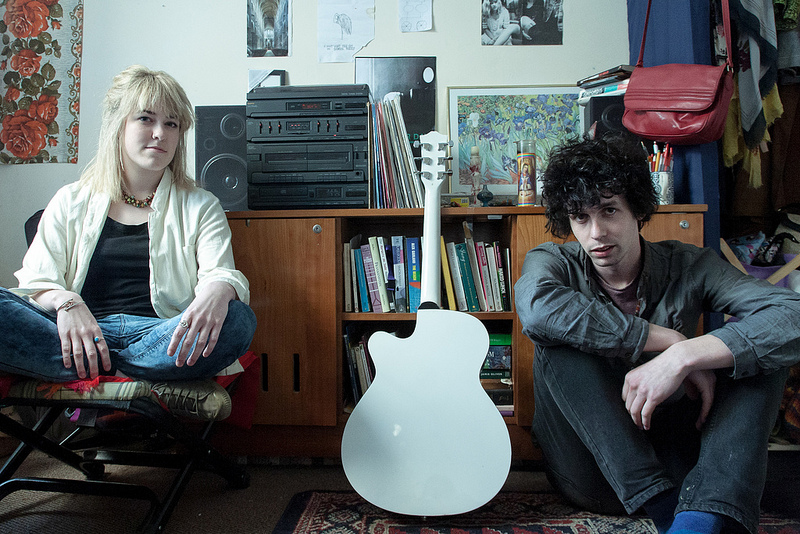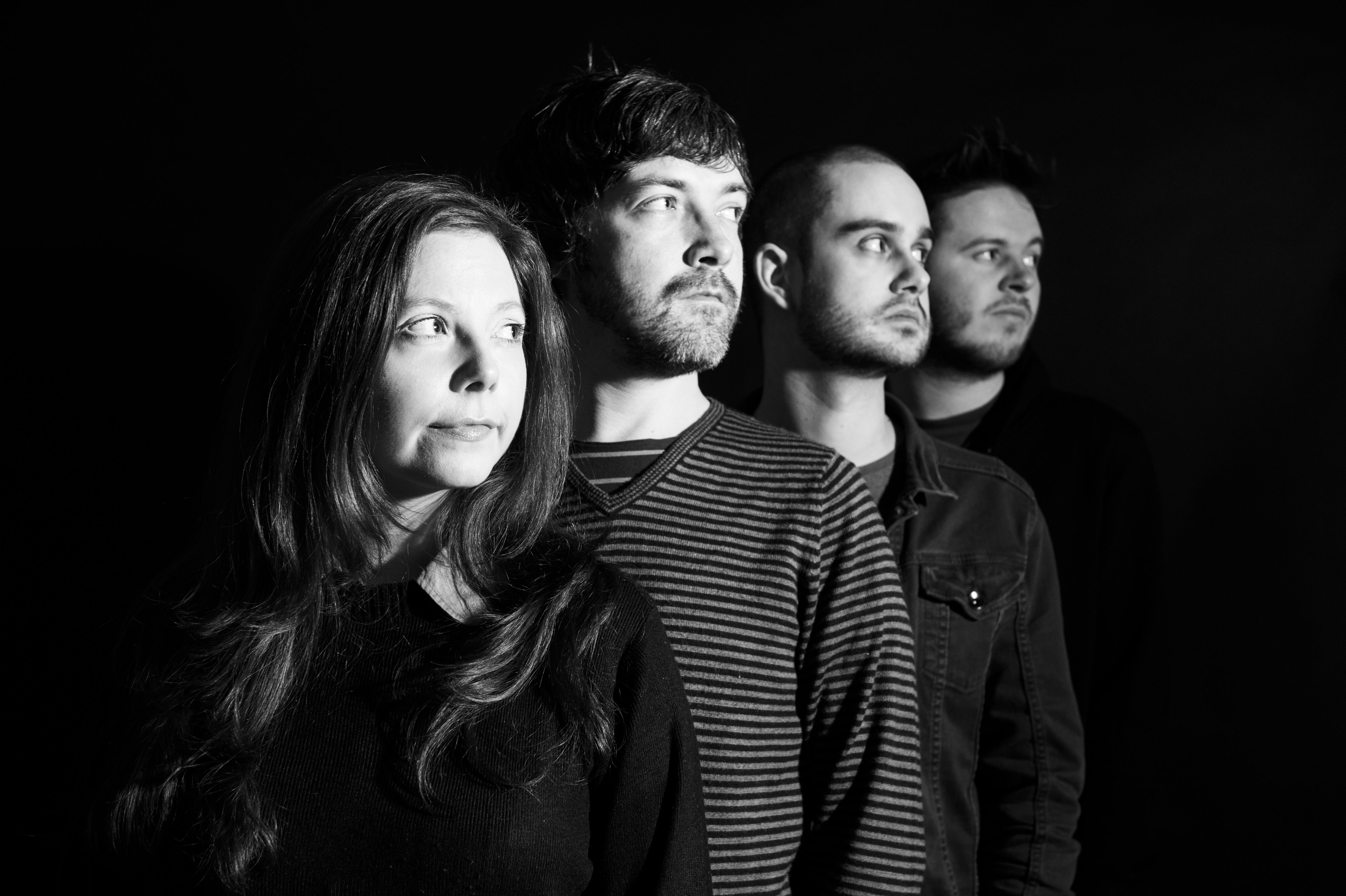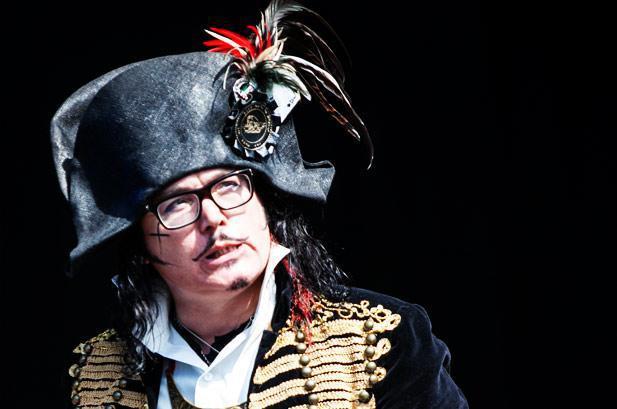Earlier this year, the announcement of The Conjuring spin-off The Nun prompted movie site ledes about how scary nuns are the new scary clowns. But for Irish readers, Mother Superior’s terrors are nothing new.
The trauma of the Magdalene Laundries — the island-wide network of religious asylums where vulnerable and ‘wayward’ women were imprisoned and forced to provide unpaid labour —lingers in Irish cultural memory. Peter Mullan’s The Magdalene Sisters (2002) is the most well-known dramatisation of life in the institutions — the last of which closed in Belfast in only 1996 — but is being joined by new genre work.
Premiering this week in New York and Galway is The Devil’s Doorway, written and directed by Aislinn Clarke and distributed under the IFC Midnight label. It’s a found footage horror film in which a pair of Vatican priests, played by Lalor Roddy and Ciaran Flynn, investigate miraculous, possibly satanic, events at a 1960 Belfast Laundry, and confront horrors both human and supernatural.
The Devil’s Doorway is the first feature from Clarke, an experienced writer and director of television, theatre, radio and short film who teaches Creative Writing at Queen’s University. For the horror fanatic, the genre seemed the natural outlet for real-life atrocities:
“When you’re talking about a Magdalene Laundry, for me as a life long horror fan it seemed like exactly what to do. That is horror already. The really horrific moments for me are the real things that happened, that could have happened. And obviously the film is fictional but it was based on real events and there were atrocious things, as we all know, that happened in these institutions, so for me that’s the real horror, and the supernatural elements are a heightened metaphor that just helps you comment on the whole thing.”
Namechecking Jordan Peele’s celebrated Get Out, Clarke points out horror’s record of commenting on social and political realities, and hopes the film can assist in Irish culture’s attempt to reckon with the moral legacy of the Laundries:
“I think we’re still unpacking what that was all about, how it happened, how every element in our society was culpable with that happened. People blame the Catholic churches, they were a part of the apparatus that helped this take place; everyone was a cog, even ordinary people. These institutions were not secret. People knew about them.
“My mother, for example, had a best friend who at 13 was dragged away to one of these places-literally dragged away screaming and my mother has this very visceral memory of this happening. And that was just because her father had remarried after her mother died and the new step-mom didn’t want to rear his children, so she was sent off and never seen again. So this was a horror that was going on that everyone was aware of, it was kept to the side a little bit but it was very much part of everyday life.
“The Republic in particular, has changed to much in the past generation or two it seems it should be a very distant thing to us, we’ve got Repeal, and the vote for equal marriage and everything, it seems like it should be archaic history but is actually very close and uncomfortable. So I think it’s a good time to start trying to unthread some of that and figure out what that was about.”
Initially, the project was conceived as a contemporary found-footage horror film partly set in an abandoned Laundry, but Clarke saw the appeal of locating the story in the past:
“I thought if you’re going to do this, the way to get to the heart of the human drama, which I think all good horror has to do, is to set it at the peak of these places being operational.”
As a sub-genre, found-footage doesn’t have the best reputation, and Clarke admits she never expected to be making one, but the format’s emphasis on the perspective of investigators offered a chance for immersive story-telling, as well as shooting in 16mm:
“‘I thought was a really exciting opportunity to give texture to what is a very well-trodden sub-genre, to make it feel fresh and present in a different way. So in a funny way the found footage idea came before the setting of the 60’s and all that came after, but I think it was a good way to get into that, because you can get inside a character’s head in a different way in a found footage film. If used in the right way it can be a good way to create a sense of immediacy, it forces you to feel like you’re there and empathise more, so I think it was useful for this… I think for a horror film about the Magdalene Laundries a found footage film was just the natural way to do it, to give it that texture, that sense of immediacy, of immersion.”
Clarke took Film Studies at Queen’s nearly twenty years ago, when local film-making support simply did not exist: “There was one camera somewhere you had to sign out and no-one ever saw it. I had a Super 8 camera, I was making Super 8 films by myself, I had my own little editing kit, I was happy to make those by myself and for no-one to ever seen them.”
After graduation Clarke did television documentary work and then a screenwriting diploma in New York, returning to Belfast to focus on writing while working in theatre and radio. She credits her experience working with actors on stage to the workmanlike approach to shooting The Devil’s Doorway, which was filmed at Belfast’s Craigavon House, and a disused linen mill in Ballyclare:
“That was important for this because that was a really quick shoot. I knew how to handle that, we did rehearsal before we went into it, so when we went in we were completely prepared. We knew exactly what we would be shooting every day and we weren’t seeking out new moments on set like some people do. It’s natural for me to rehearse beforehand with the actors and I’ve yet to meet an actor who doesn’t want to do that, they might exist but in my experience they want to do the best work as well and that’s the best way to do it. For this film in particular I think it was really necessary, we’ve got those monologues that Lalor [Roddy] give in particular that are really very vulnerable. I don’’t think you want to be messing round on set trying to find that moment, so he was very much in that character by the time we went to shoot.”
Thanks to NI Screen stepping up support over the past decade or so, the Northern Irish film-making scene has started to take shape, but it’s still so fresh that Clarke is the first woman to write and direct an NI Screen-funded feature. She is quick to reference a student collective film made by a female film-maker in the 90s, but certainly she’s the first Northern Irish woman to write and direct a horror film. It’s a genre that speaks to the Irish female experience:
“I think there are so many parts of the female experience historically that are horror stories. On the one hand, Irish women have always been Mammies in the kitchen, they hold a lot of power in the house, they’re the ones that are pulling all the strings and are organising everything and keeping everything going. But on the other hand they didn’t have a voice, were not able to speak and be heard, they didn’t have a voice politically. You have the odd moment when that has happened but for the most part their voices were quelled and silenced; women who took part in the Revolution are just completely overlooked. Historically, women who have worked hard to change in Irish society…what they’ve achieved has been taken and run away with and not been acknowledged.”
But, as Clarke acknowledges, things are shifting. There was been, especially with the successful movement to repeal the Irish constitution’s 8th amendment, a growing confidence in how Irish women make themselves heard. This makes it an opportune time to help give voice to those who have been rendered silent, even when those people are the bad guys of your film:
“I think at this point women are speaking more and being heard more and it is a good time for women to articulate what it has been, historically, to be an Irish woman. Because I am an Irish woman, I feel there are some things in the film that reflect that voice. So, ostensibly one of our villains is the Mother Superior, but she articulates some of that, even though she is a villain, she says some things that are perfectly true, which is the priest has the cheek to come in and accuse her of this, that and the other, when they leave everything for the nuns to handle. They sweep it under the carpet and expect them to deal with it, and that’s quite true, even though she is a villain. It’s a good moment to articulate some of those lost voices.”
There’s more coming from Clarke. She’s written Black North, a crime series likely to appear later in the year, and Bad Weather, being made with Belfast’s DoubleBand films, as well as other projects she can’t detail. Where does her productivity come from?
“Do you know what, I don’t know. I’ve never been anyone else. I think maybe because I’ve always been working — I’ve always been freelance, since I graduated from university, I’ve never been out of work, I’ve been lucky in that respect, but that is also just constantly keeping the wheels turning, I’m just used to that, and whether that was being freelance in TV, being freelance in theatre or radio, you had to constantly keeping going, it was second nature.
“If I wasn’t writing or thinking about stories or ideas I don’t know what I’d be doing, that’s just what I do, I think that’s just who I am. My husband [Reggie Chamberlain-King] is a writer as well, both of us are just kind of like that. He writes fiction, prose stories, and both of us are always working on something. We don’t have kids, my son is twenty, he’s living with friends, so that’s just what our life is, what we enjoy. There’s nothing nicer than talking about stories and working them out.”
The Devil’s Doorway premieres July 11th at the Galway Film Fleadh, and is released in theatres and VOD in the US on July 13th. It will receive an Irish/UK release at a later date.


